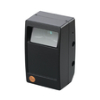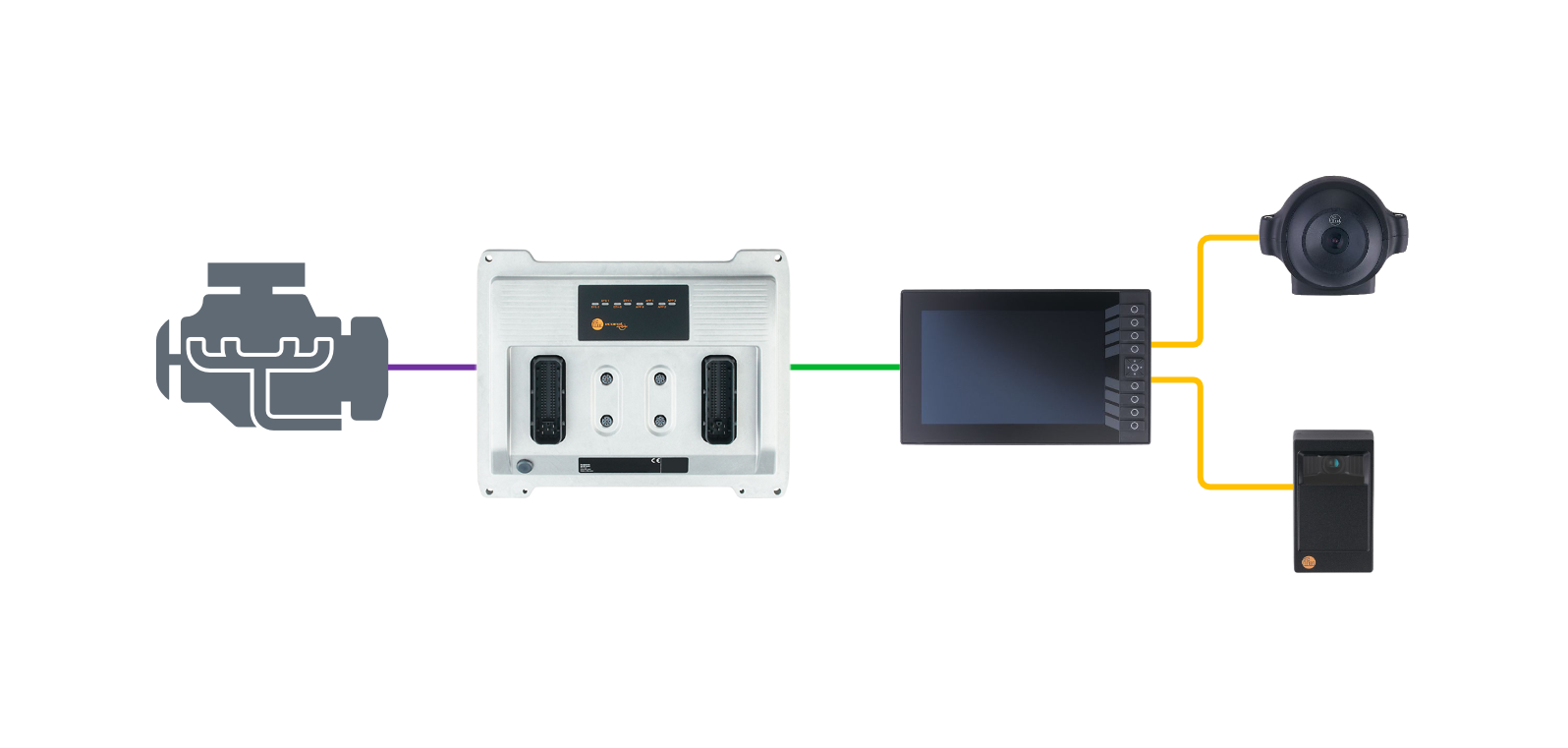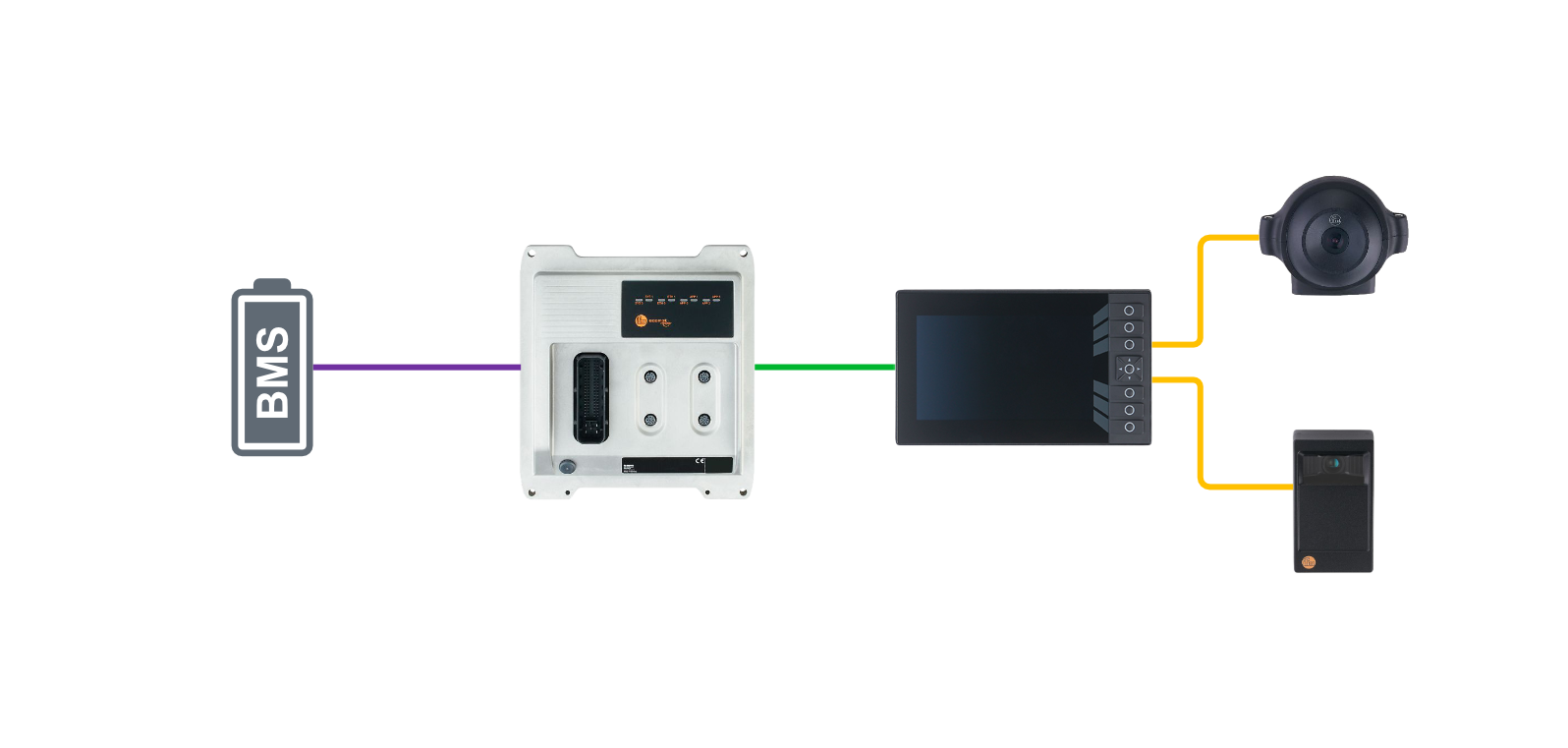Battery-operated vehicles produce zero emissions as they do not use a combustion engine. Communication protocols like CAN and Ethernet can be used to read battery management data, control electric drives, and transmit information to the inverters. Skid steer loaders are compact and highly maneuverable, making them versatile for various construction tasks. Electric skid steer loaders, in particular, offer increased efficiency thanks to direct power delivery, resulting in faster and more precise operation. Real-time information access enables operators to maximize efficiency while monitoring the overall health and functionality of the vehicle. Identifying potential issues before they become major problems is crucial to ensuring the continued safe and efficient operation of the vehicle.
With a traditional diesel engine, it is possible to communicate with the electronic engine using SAE J1939. This allows for the collection of data from both the engine and the body of the vehicle to determine the health of the machine and avoid potential issues. Skid steer loaders are versatile pieces of construction equipment that can handle various tasks depending on the attached equipment. By selecting the appropriate attachments and carefully monitoring tasks such as excavation, material handling, grading, and demolition, it is possible to optimize the skid steer loader's performance, resulting in safer and more efficient operation during construction.
Features
ifm's 3D mobile camera system enables machines to react to an obstacle before your driver sees it, automatically halt the vehicle when an object enters its path, and improve the speed of operation by avoiding collisions when approaching other vehicles.
- Reliable data provision via Ethernet UDP
- Fast response time with time-of-flight technology
- Suited for use in mobile machines
- Compact and robust housing
- Long sensing range up to 35 m


